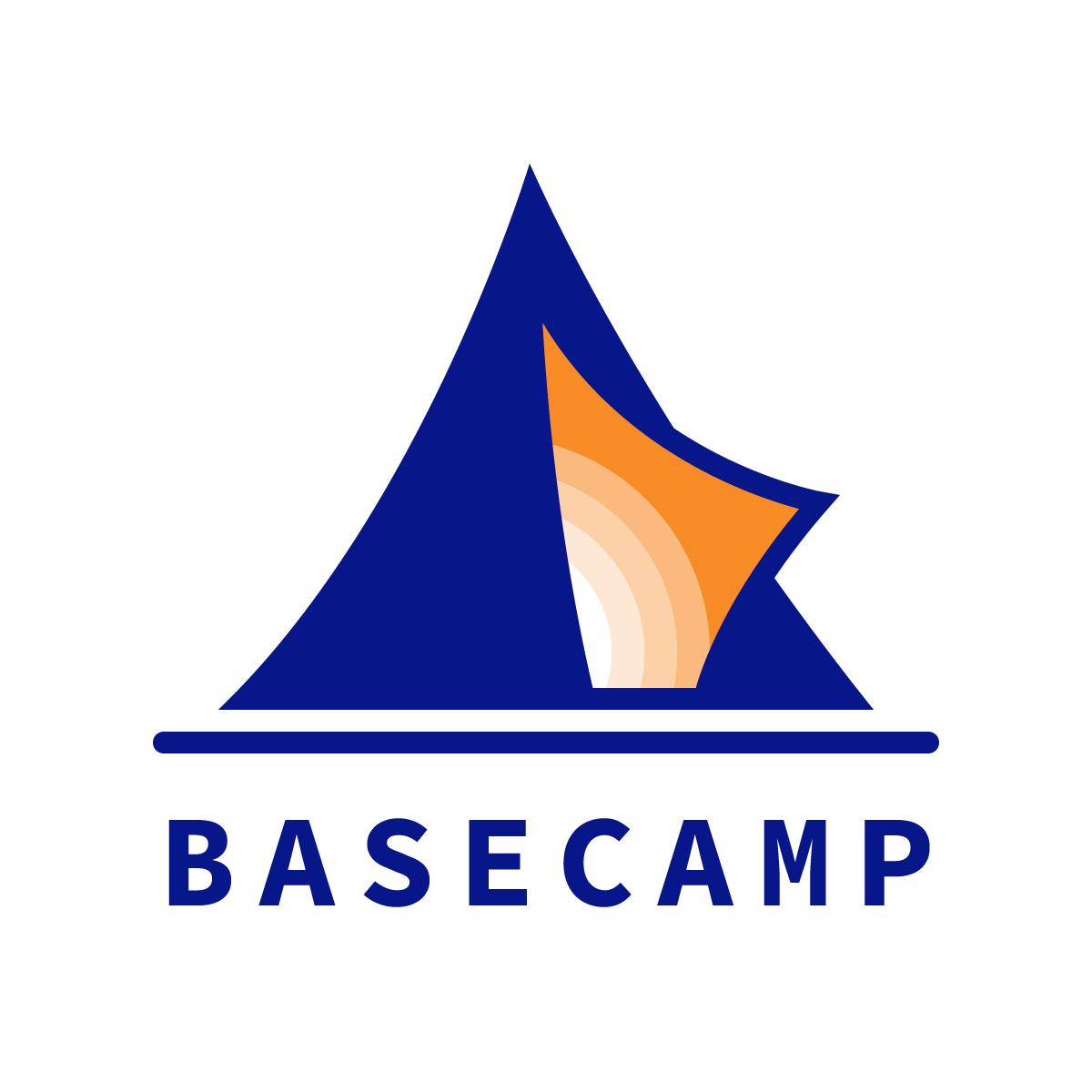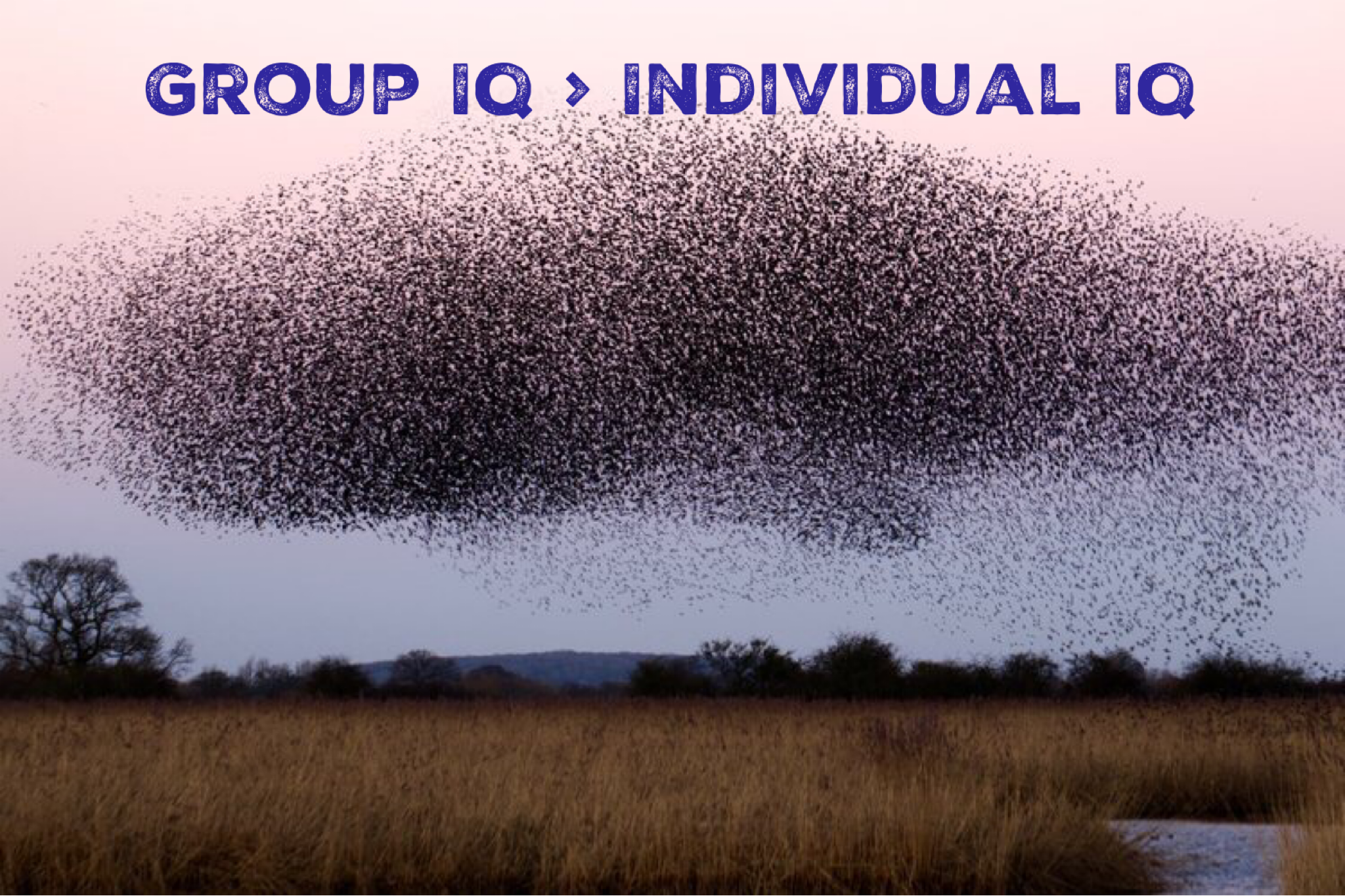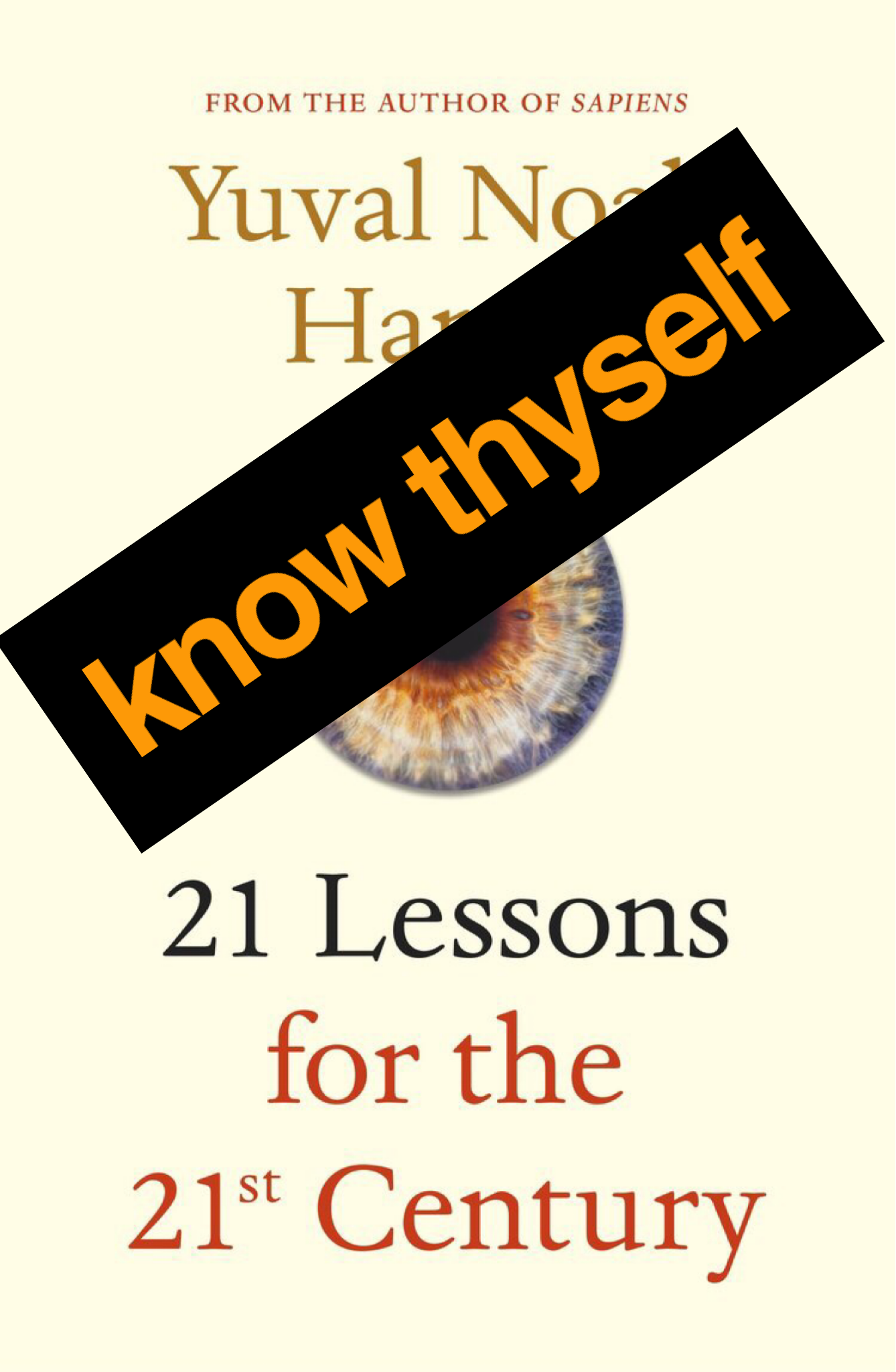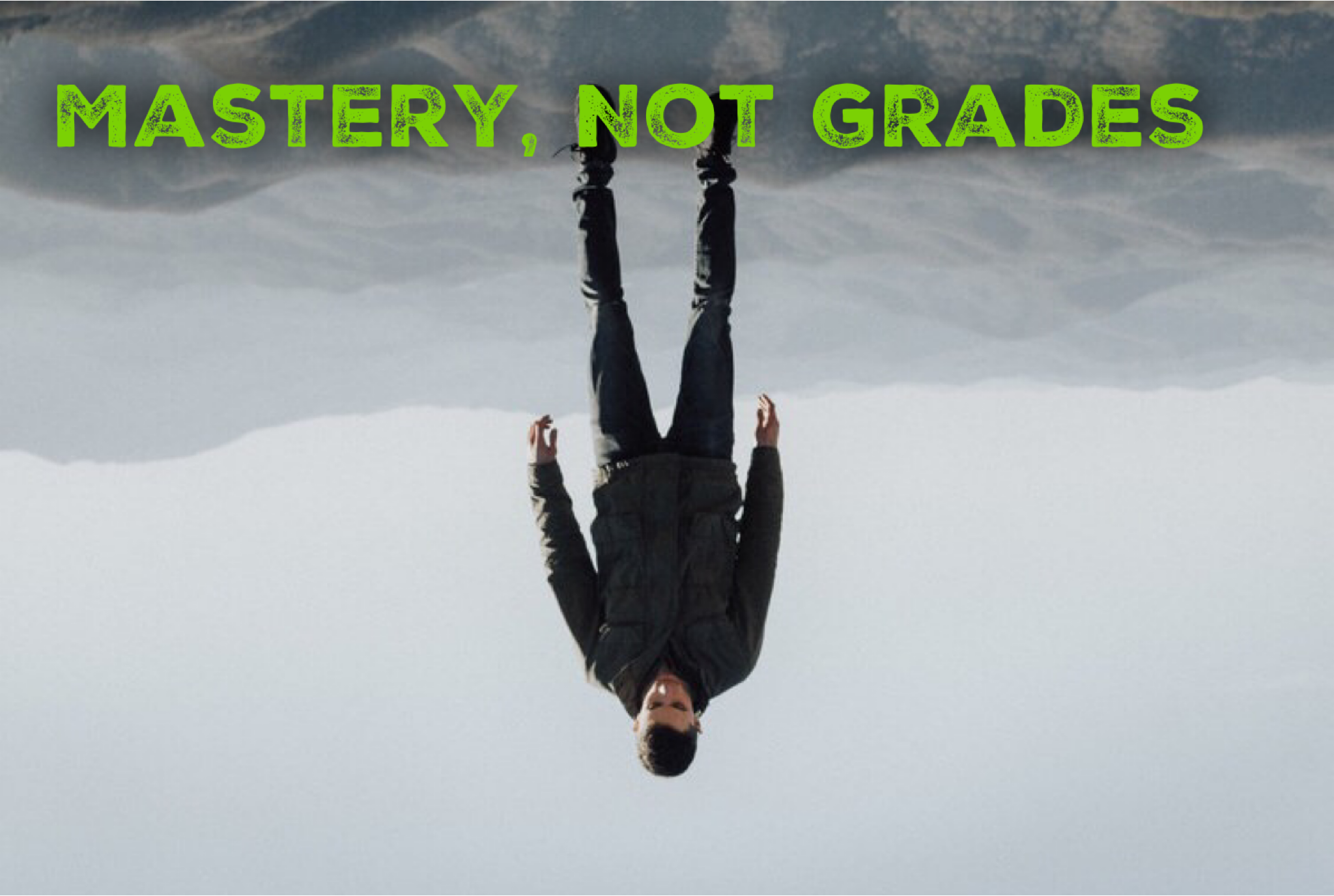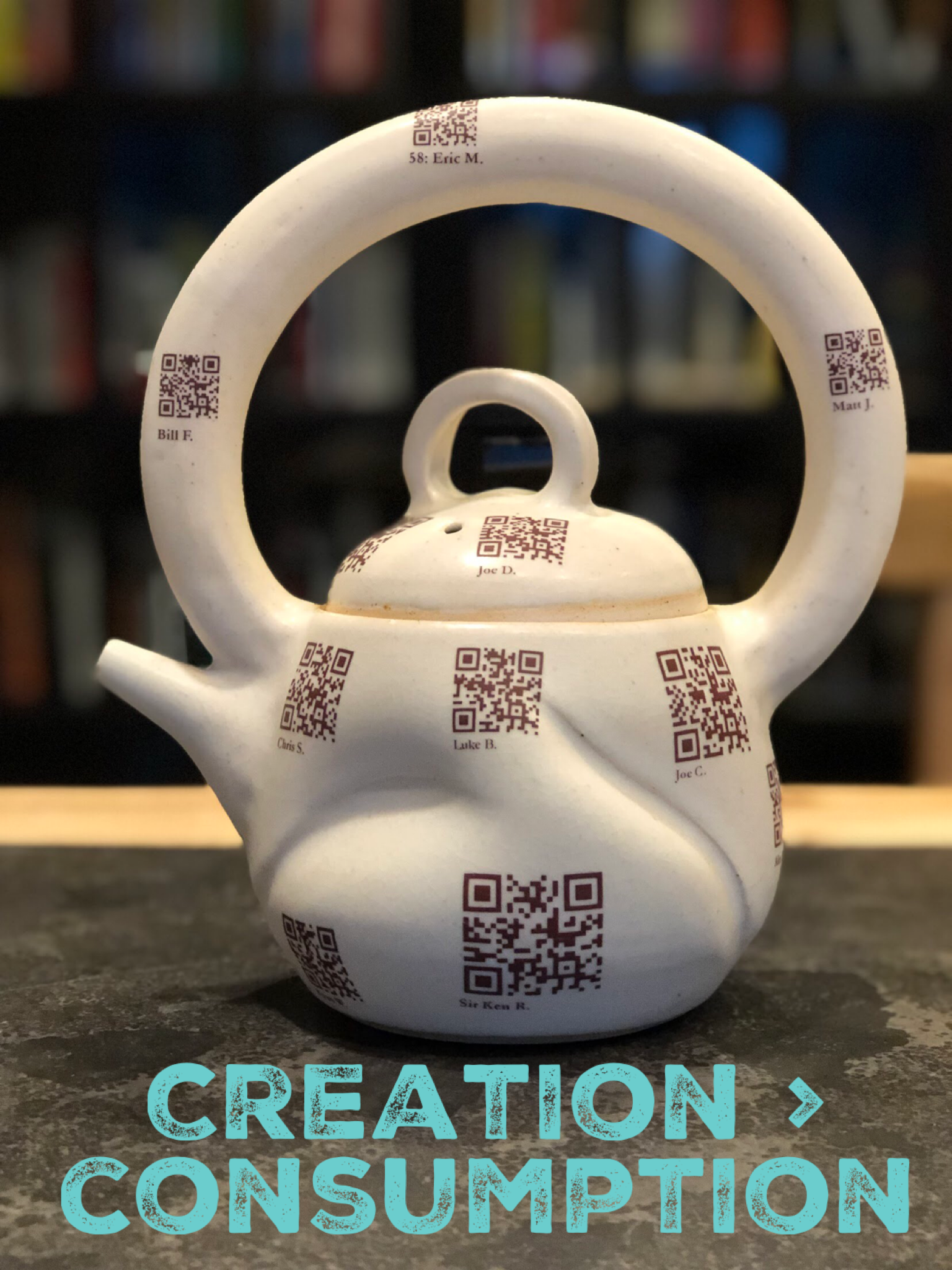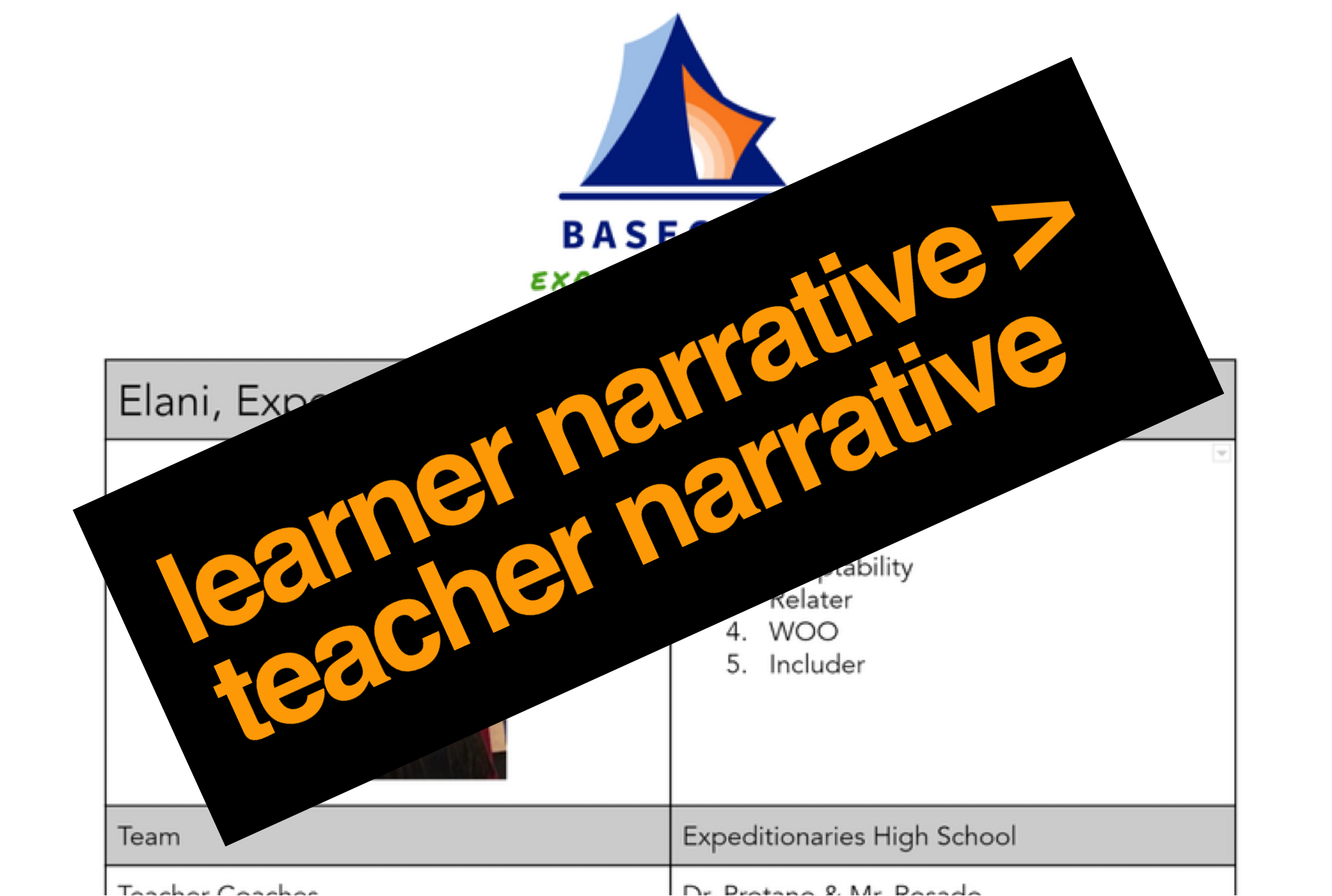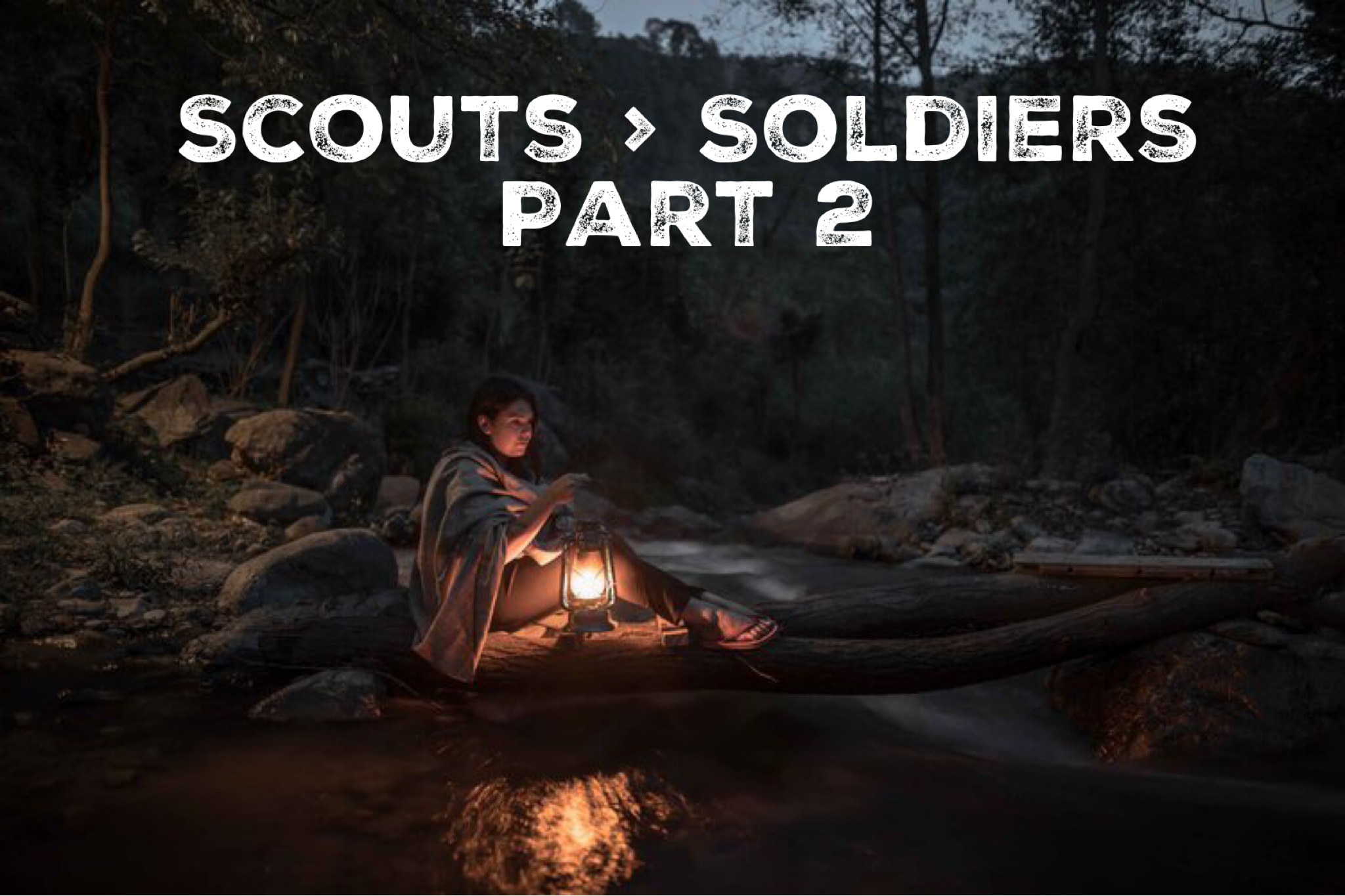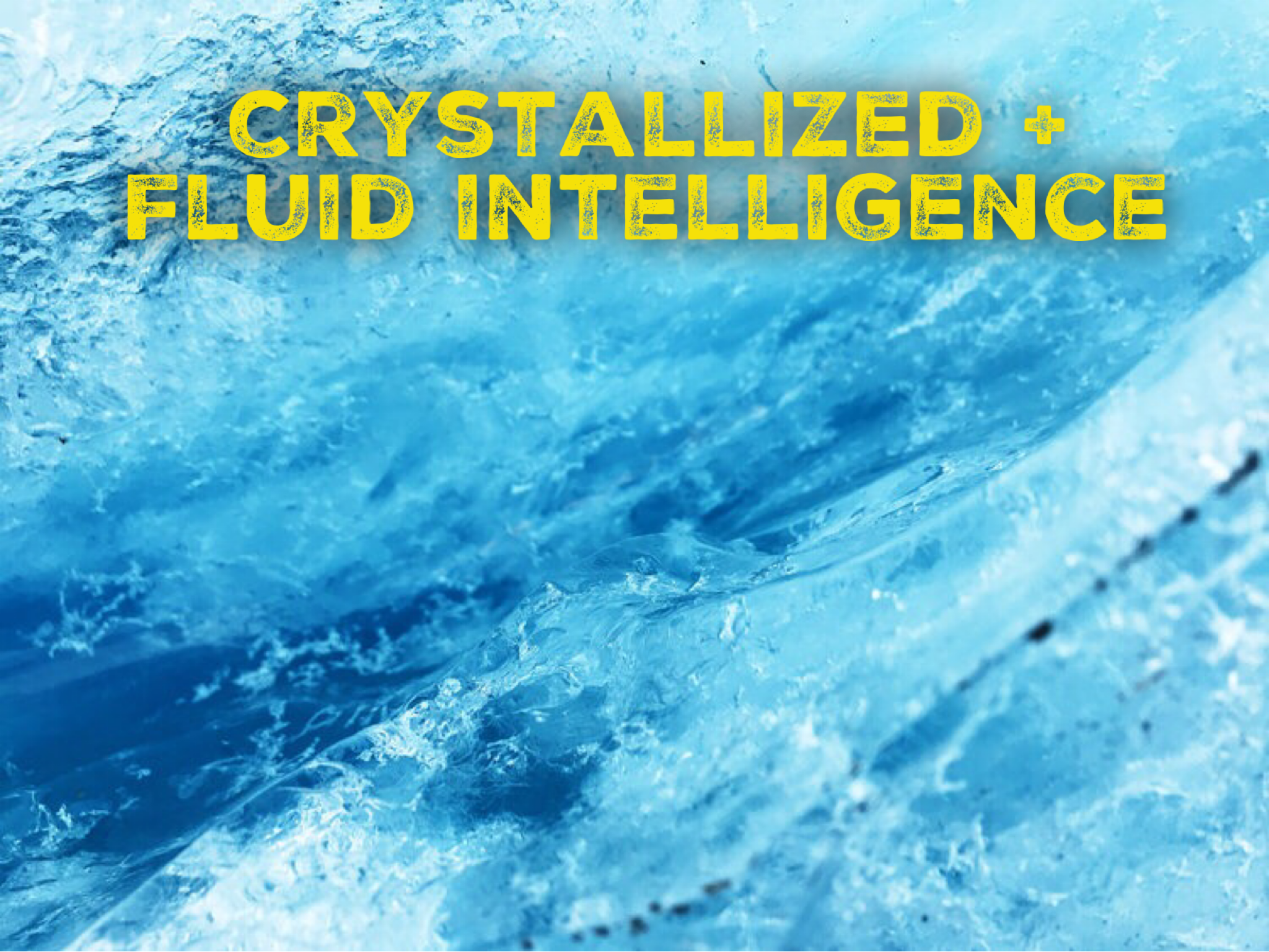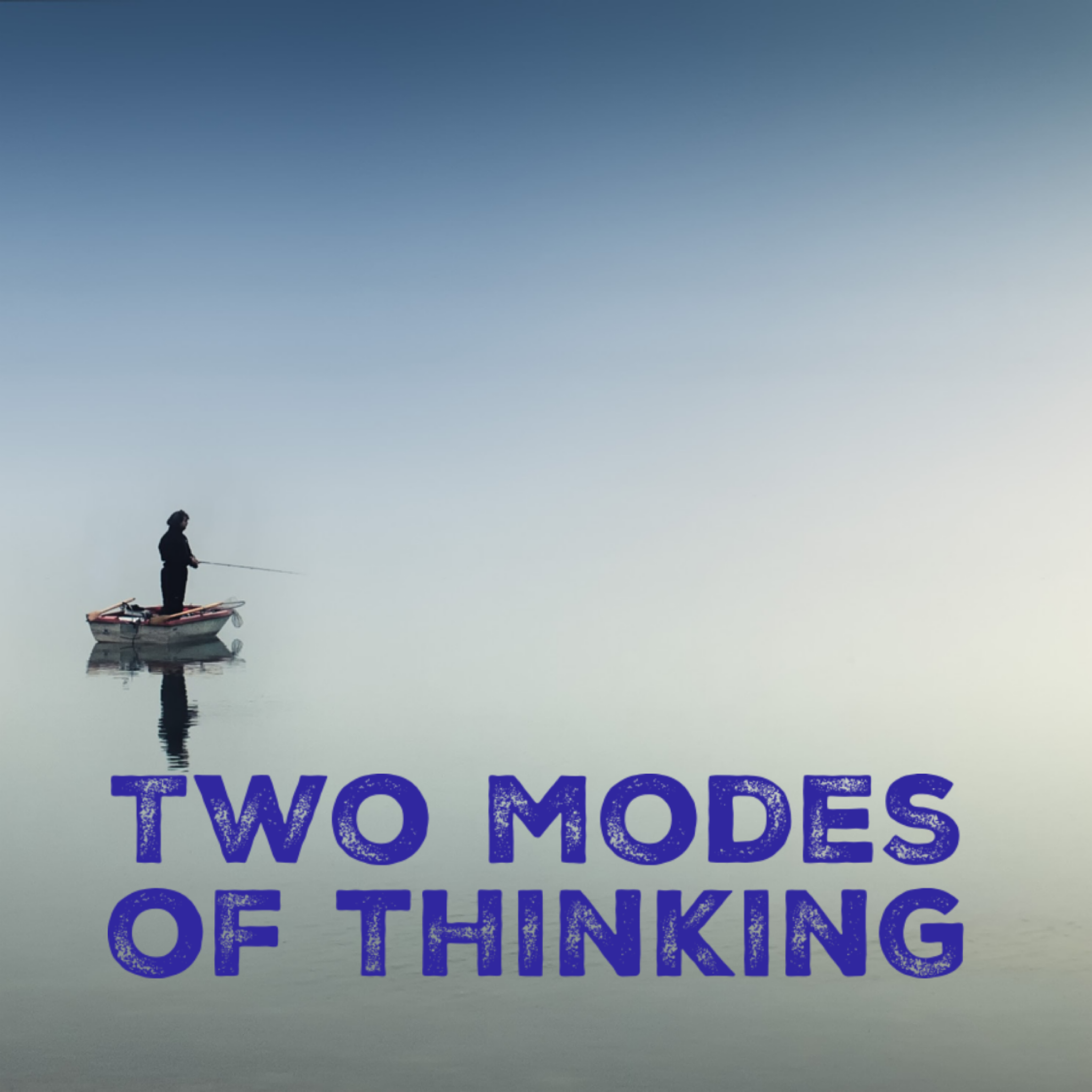School of the Future: Two Modes of Thinking
In his superb new book Alchemy, Rory Sutherland recounts the tale of Archimedes stumbling on the solution for calculating the weight of gold.
“So the story goes, King Hiero II, tyrant of Syracuse, provided his resident goldsmith with gold to make a votive crown for a temple, but when it arrived he suspected the goldsmith of having adulterated the gold with silver and of keeping the rest of it for his own purposes. He charged Archimedes with the task of establishing the truth--he knew the specific weight of gold, of course, but in order to determine whether the crown was made of pure gold, he needed to ascertain its volume. [...]
“As Archimedes searched for a solution to the problem, Hiero’s impatience began to grow. The question never entirely left Archimedes’ mind, and it followed him into the bath, where he noticed that as he lowered his body into the bath, the water level rose, and as he began to leave the bath, the water fell.”
This is, of course, Archimides’ famous Eureka! moment.
But what if Archimedes had doubled, then tripled, then quadrupled down on using reason to solve the problem? As Sutherland puts it,
“A purely logical approach might have been to melt the crown down and form it into a brick--in which configuration its volume could readily be determined, but with the unfortunate consequence of destroying it.”
Once we know how to frame the problem and solve the problem, logic is a unique force multiplier.
But what happens when we don’t know how to frame a problem (at least not without destroying the thing we hope to understand)? And what happens when we don’t yet have a method for solving said problem?
This is why the future of learning depends on two modes of thinking: focused and diffuse.
School has historically organized itself around focused (logical) thinking. We give students problems that the world has already framed, teach them proven methods for solving those problems, and then ask them to practice solving them. Over and over.
We need some of this. But the world increasingly consists of problems we have never seen before. So how might we design:
Learning experiences where students identify problems no one has thought about?
Opportunities to solve those problems by toggling between both focused and diffuse thinking? [1]
One thing is for sure: the current schedule--daily, weekly, monthly, annually--is arid soil in which to plant those seeds. Archimedes would have had to rush to his next class, or focus on his SAT prep, or… you get the idea.
***
[1] Farnam Street, linked above, elaborates on that toggling:
“Both modes of thinking are equally valuable, but it’s the harmony between them which matters. We can’t maintain the effort of the focused mode for long. At some point, we need to relax and slip into the diffuse mode. Learning a complex skill —a language, a musical instrument, chess, a mental model—requires both modes to work together. We master the details in focused mode, then comprehend how everything fits together in diffuse mode. It’s about combining creativity with execution. [...]
“One way is to work in intense, focused bursts. When the ideas stop flowing and diminishing returns set in, do something which is conducive to mind-wandering. Exercise, walk, read, or listen to music. We veer naturally toward this diffuse state—gazing out of windows, walking around the room or making coffee when focusing gets too hard. The problem is that activities which encourage diffuse thinking can make us feel lazy and guilty. Instead, we often opt for mediocre substitutes, like social media, which give our mind a break without really allowing for true mind-wandering.”
***
***
Thank you for reading this post from Basecamp's blog, Ed:Future. Do you know someone who would find the Ed:Future blog worthwhile reading? Please let them know that they can subscribe here.
